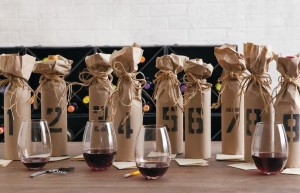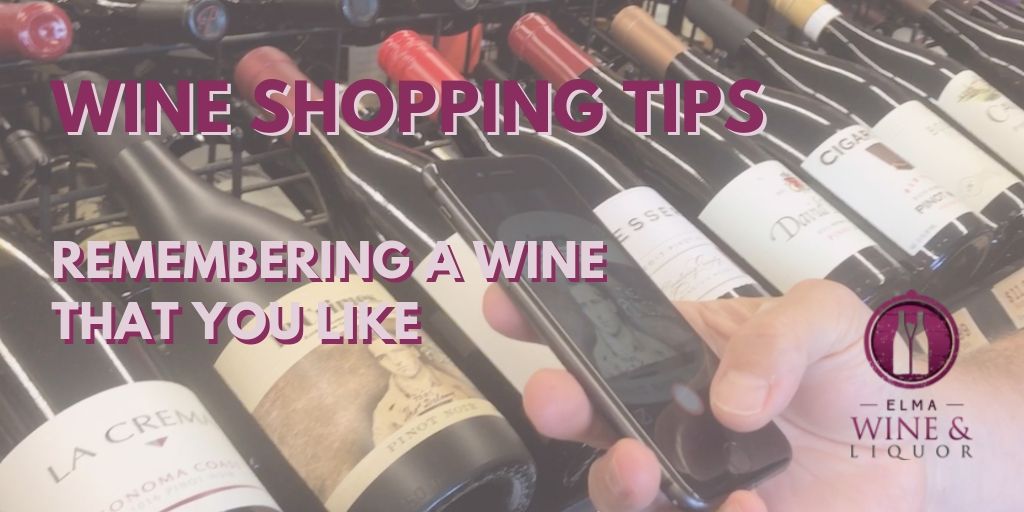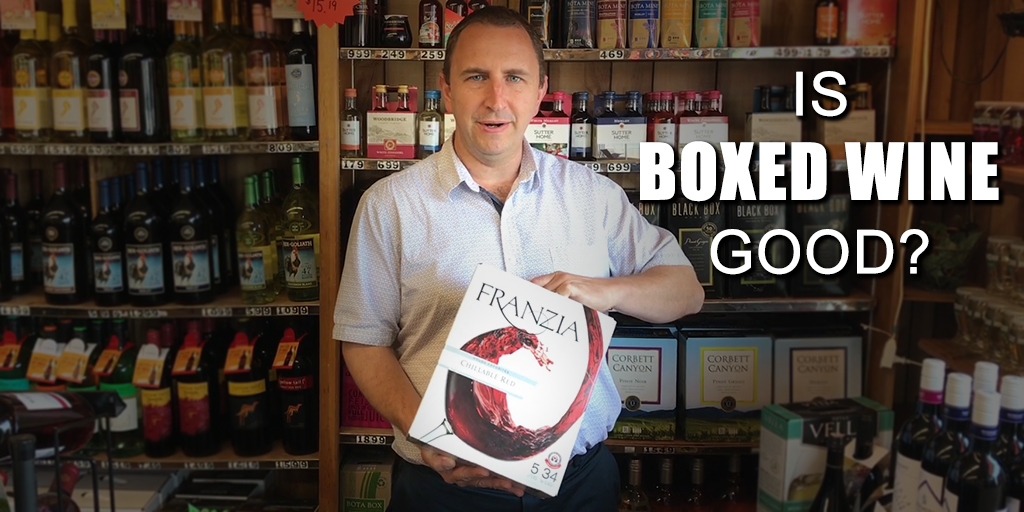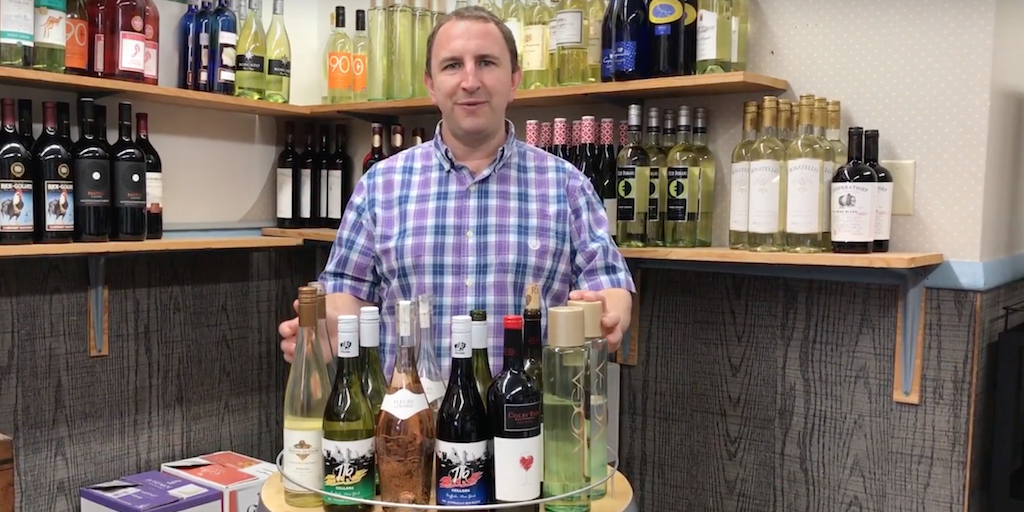The Wine Rating System: An Age of Irrelevance?
Selecting the right wine for your palate can be a bit overwhelming if you haven’t experienced a wide variety of wines from different regions. Many people choose the wine they will buy based on how it has been rated. A lot goes into how wine gets rated. Wine is rated based on a point system that scales from 50 to 100. This scale is called the Wine Spectator’s Scale and became the rating standard in the 1970’s. The scale is used by multiple agencies, individuals and publications in some variation, but the basic premise and numbering is the same. Being that this scale is given based on tasters and critics, the rating may not be enough to determine which is best for you, however it is a good starting point for people new to wine. The scale can be incredibly helpful if you’re searching for excellent wine at a great value.
The scale ratings are as follows:
- 95-100—Classic; which means it is great wine
- 90-94—Outstanding; meaning superior character and style
- 80-89—Good to very good; wine possessing special qualities
- 70-79—Average; meaning the wine is drinkable but has minor flaws
- 60-69—Below average; it’ drinkable but it not recommended
- 50-59—Poor; meaning it is not drinkable and not recommended.
The way the rating works is that testers are given blind tastings of finished or unfinished wines and based on that tasting, the wine is given a rating. They grade the wine based on quality, character and how good the wine will be when it reaches its peak.
Will the rating affect the price?
While this rating system has become the standard and can have an influence on the price you pay for good wine, an increasing number of wine drinkers do not pay any attention to the rating scale. The ratings given to wine are based more on their characteristics, flaws, balance, and complexity as opposed to the “likability” of a particular tester’s palate. Because desired taste is relative to each person’s palate, it is completely possible that a higher rated wine may not be suitable for everyone. While winemakers that consistently receive high ratings may, over time, raise the price of their wine if demand accompanies the high rating, not all highly rated wines are necessarily the most expensive. And on the other side, sometimes the very expensive wines receive poor ratings from tasting agencies.
Tasting wine is a lot like analyzing art—your judgement is based entirely on your own subjective experience. That being said, most people like to have some guidance or a point of reference when they get started. So hearing what a critic says about what complexities or lack of complexities a wine possesses is equal to learning about symbolism that radiates through a piece of art. The scale should be a guide that sheds light on certain characteristics of the wine, but allows people to ultimately make up their own minds.
The usability of this scale is changing as the world changes. With a new generation, there are new priorities when it comes to choosing wine. Passionate wine drinkers rely on their own taste buds when it comes to which wine fits their palate and are not confined to the ratings of the 100 point system. A healthy amount of wine enthusiasts seek out the advice of friends and family rather than some critic they do not know. Ultimately, however, people are using the scale as a starting point to begin tasting and experiencing wine for themselves and then trusting their own taste buds to guide them.




